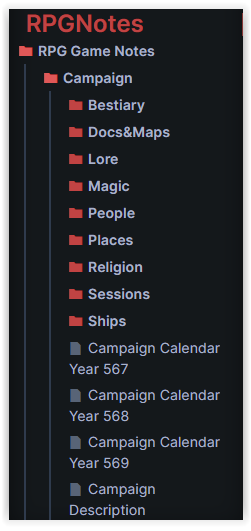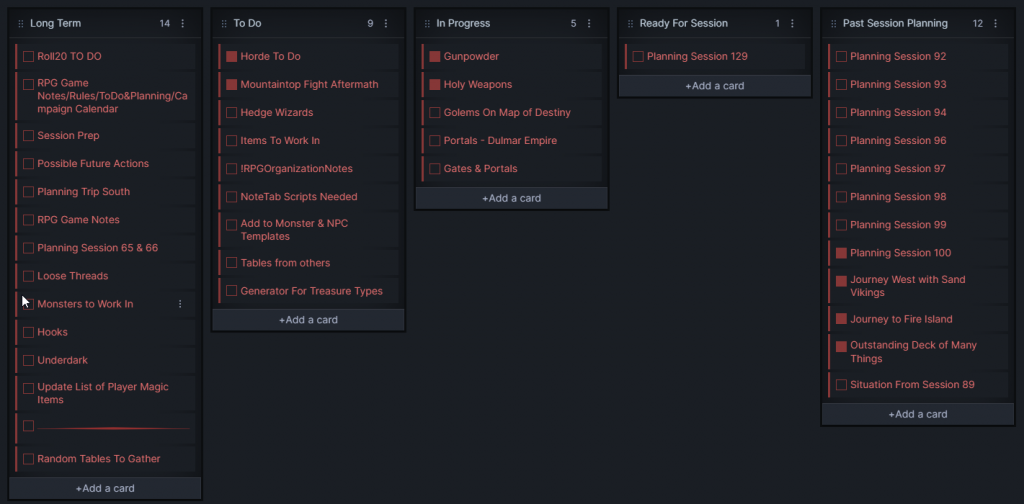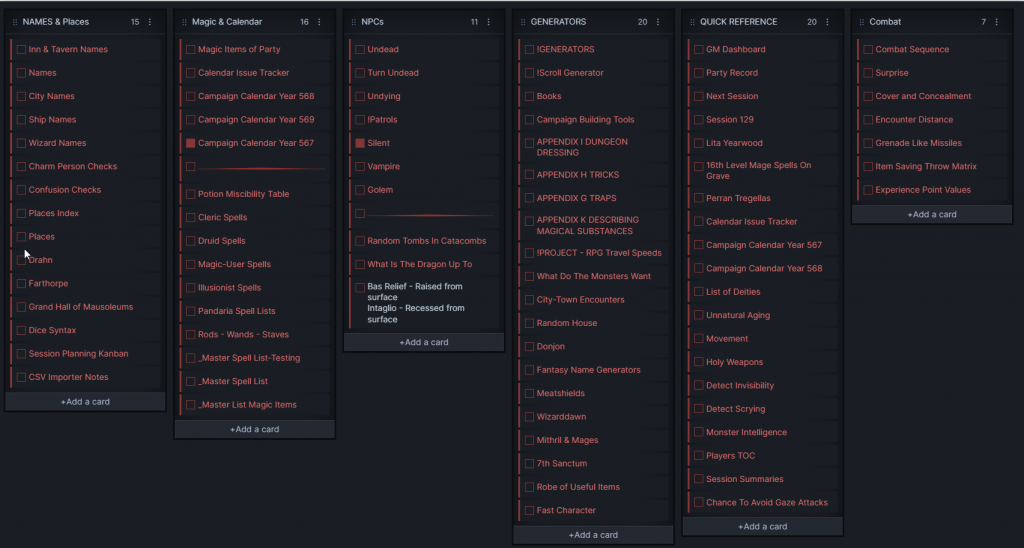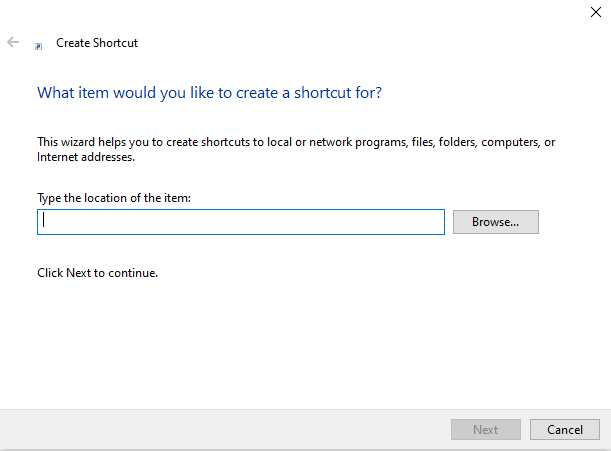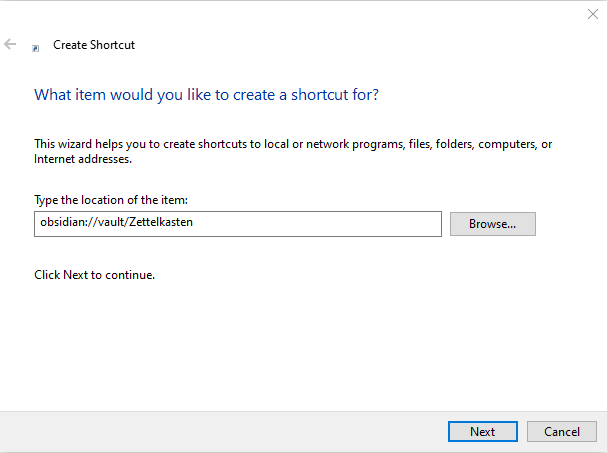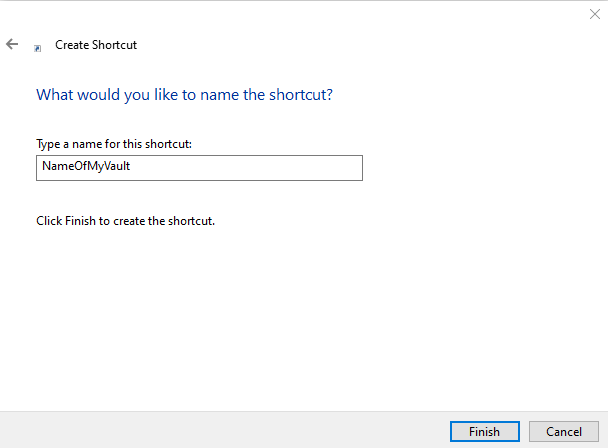In my campaign building, the one thing I left out of the calendar was festivals.
Not a problem in my Sunday game.
Through a combination of a random encounter with a farmer taking a load of turnips to town & the death of an every faithful NPC, my player’s made their own festival.
The first annual Saint Mark Turnip Festival was in Session 64 on January 31, 2021. Yesterday was Session 130 and in game it’s less than a month until the next Turnip Festival. Of course, it could be January, 2023 before we reach the in game date. One player hasn’t forgotten & mentioned spreading the word. So I checked. The anniversary will be in just under a month on the game calendar.
Order of The Iron Turnip
The party was returning to town one session and there was an encounter with a farmer taking a load of turnips to town. They were suspicious and rather than attacking they speculated that it was a plot and their imaginings went wild.
After all that wild speculation and associated cross talk, the party then decided that they would call themselves “The Order of the Iron Turnip.”
One player made a graphic to go with it and put up shirts & magnets online, so most of us, including me ordered shirts, etc.
He also made a party map token with this image that we still use in Roll20.
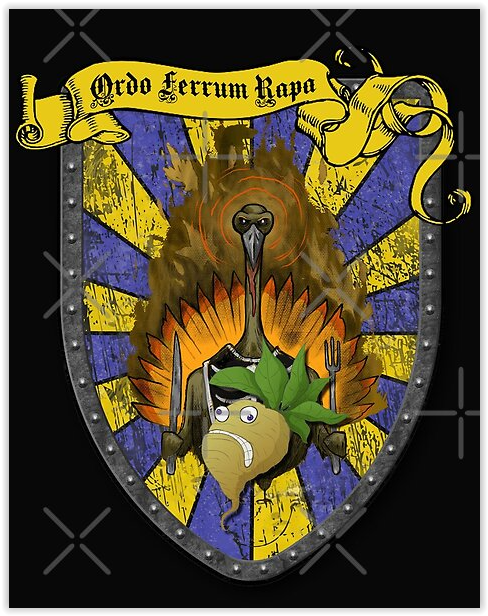
Map and Tavern Sign
Patrick also made a much fancier map than I had made for the starting town, Farthorpe. Farthorpe is the most distant West settlement of the Kingdom. Its name is used as a hyperbolic sayings to indicate how far away things are, or how long a journey is.
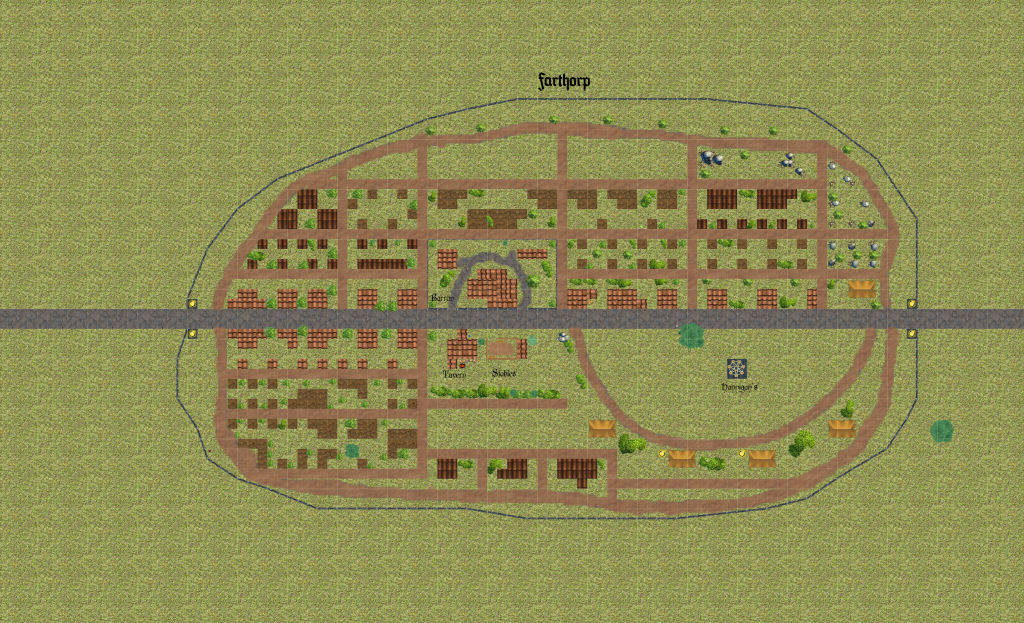
He liked doing things like that, he even made a sign for a tavern in a different town, The Wizard’s Dog.
He took art from other places and mashed it together.
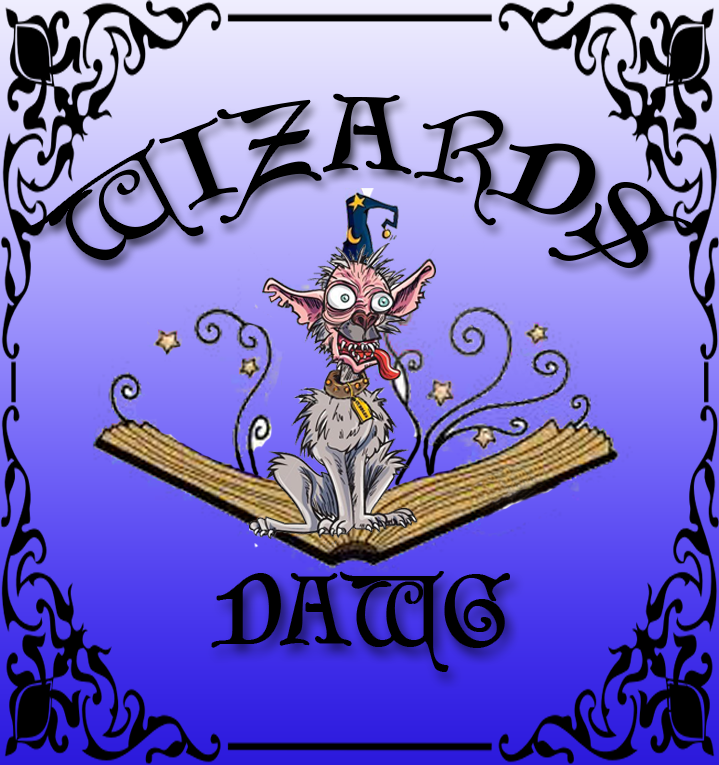
Mark
Mark was an NPC who was hired by the owner of the tavern to round up “Conleth’s” cattle. The campaign started in the aftermath of a powerful earthquake that unleashed a horde of undead that cleared the valley and drove off people from the surrounding villages and farms. The undead were only an occasional issue by the time the PCs showed up in town for Session 1.
Conleth was the second richest man in town before the undead caused so much chaos. He used what was left of his home and the rubble of his former neighbor’s homes to make the tavern that became central to the early portions of the campaign. Conleth hired Mark to go gather “his” cattle for food for the tavern.
The party liked Mark and one PC hired him as a retainer when they went west across the dunes of The Broken Lands.
A Festival is Born
After the loyal retainer Mark the brave but not so wise or smart was killed by a fireball, the party determined to remember him gave him all the credit for defeating the big bad in the original “plot” of the campaign.
Mark was dead several sessions prior to this conclusion.
To honor him, they threw together a big party and called it the “First Annual St. Mark Turnip Festival”. The planning involved a turnip and cow theme.
I basically said “Yes/And.” We had an entire session to roleplay the Turnip Festival. I threw in archery contests, drinking, feasting, & some more.
Patrick made the art for what was on the poster they put all over town.
This same poster they get printed up & post in other towns they visit since that 1st festival spreading the word of Saint Mark.
That was January 31, 2021. We lost Patrick in June, 2022.
The 2nd annual festival will be better than the 1st. Now I have a lot of planning to do for a future session.
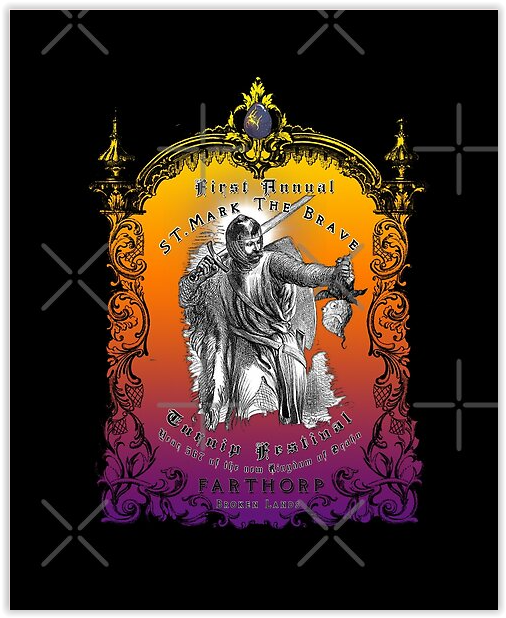
Festivals In Your Campaign
When planning the calendar you will use for your campaign, whether it is based on a real world calendar, one of the many calendars of fiction, or one of your own design, festivals and celebrations should be a part of it.
This should include such things as events the calendar is based on like equinoxes and solstices and phases of the moon. Secular and religious holidays, historical events, harvest festivals, and others based on the cycle of nature are also appropriate.
If, like me, you didn’t consider that in your own campaign calendar, then add them as you think of them, or let your players come up with their own. Cooperative worldbuilding is always fun and can get a better result than you could on your own. It also invests the players in your world.
If you do add your own, or have them pre-existing on your calendar, be sure to note how big a deal this festival is and have obvious activity of preparations for the approaching day or days.
Share the calendar with your players and add notes to your version of the calendar with all your notes and things that PCs can notice as preparations begin.
Think of holiday preparations in your own country. In the U.S.A there are obvious signs of preparations in some communities as decorations go up on the light poles. Stores and businesses will have their own decorations. Many homes may have their decorations. The greater the importance of the festival, the more likely the town, merchants, and homes are to be decorated.
If you aren’t sure what festivals to have, copy the calendar and use real world festivals as placeholders for something in your world. Some you might re-name and replace with an equivalent one in your world, or something entirely different. It can be a lot of work, so it doesn’t have to be anything fancy.
You could have 12 months of 28 days with a weeklong festival between each of the four seasons. This gives a calendar of 364 days. If your world doesn’t need a leap day, you have a quick and simple calendar with 4 festivals every year that are a week long.



